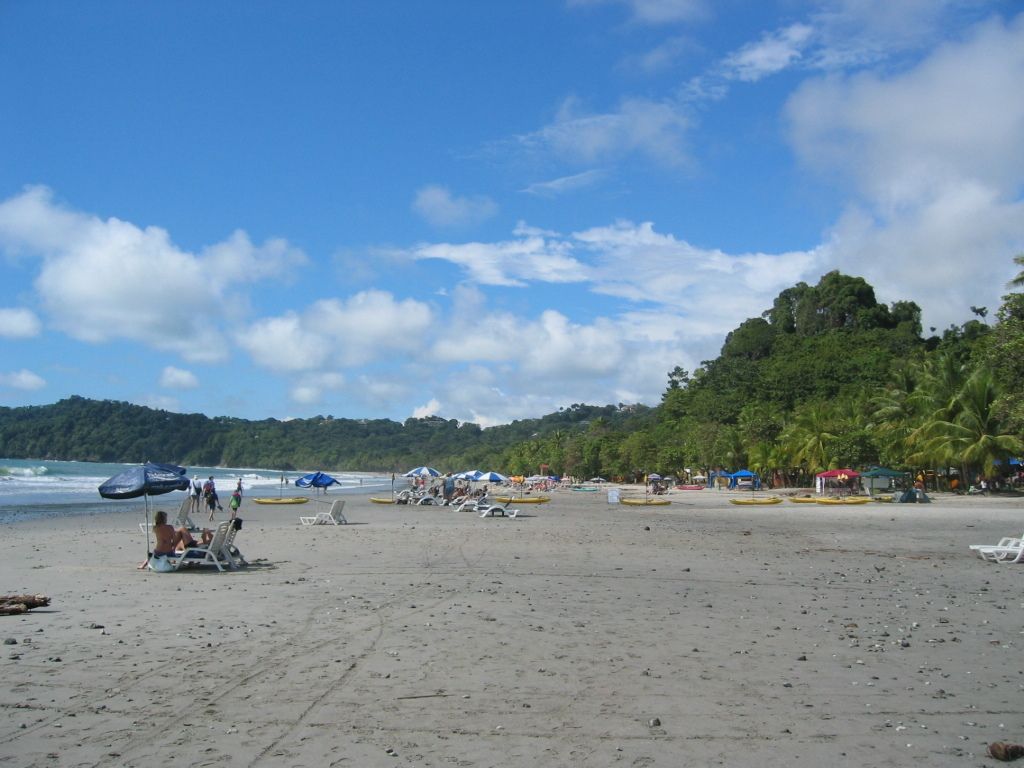Navigational approaches through RNAV and GPS systems: A breakdown of the distinctions.
Navigating the Skies: A Guide to RNAV
Ever wondered what RNAV stands for? It's more than just GPS.
Breaking Down RNAV
"Area Navigation" (RNAV) is a game-changer for aviation. It enables aircraft to soar directly between two points, all within the radar coverage of various navigation systems. No more zig-zagging from one ground station to another. With RNAV, going straight is where it's at, freeing up valuable airspace for other flights.
Not only does RNAV allow planes to fly direct routes, but it also paves the way for instrument approaches to airports lacking ground-based navigation stations like VOR or Localizer[1].
RNAV: A Decade's Journey
Remember the 60s? That's when the RNAV journey began, with the publication of the first en-route charts in 1968, thanks to Narco's introduction of the CLC-60 RNAV computer[1]. This bad boy analyzed data from previously-installed VOR and DME receivers, providing a more flexible navigation solution.
GPS: The Game Changer
GPS made its debut in 1978, initially reserved for military and government use. It wasn't until 1993 that the world didn't need a clearance to use it[2]. With GPS, RNAV really took off and became the go-to source for navigation.
Flight Management Systems (FMS) - The Navigator's Navigator
Ever wondered how the computer in the cockpit knows where to go? It's all down to the Flight Management Systems (FMS). These systems are found in everything from small business jets to mammoth airliners, and they let you program a series of waypoints and instrument procedures to create your flight route[3].
Redundancy is Key
Don't rely on GPS for everything. FMS systems often use multiple navigation sources, including GPS, VOR, LOC, and even good old-fashioned DME to provide position information. That way, if one form of navigation becomes unreliable, you've got backup[3].
Approved RNAV Systems
Not all RNAV systems are created equal. The AIM lists a few approved systems, including GPS receivers, FMS integrating multiple navigation sensors, and RNAV systems with DME/DME/IRU[3].
RNP - The Elite RNAV
RNP (Required Navigation Performance) is the black belt of RNAV. It allows aircraft to fly precise, curved paths through congested airspace. This super-accurate RNAV requires onboard performance monitoring and alerting capability. Think of it as a self-assessing computer system ensuring the reliability of navigation signals[4].
So, is RNAV just GPS?
For most general aviation pilots today, yes. While GPS doesn't automatically equal RNAV, it's the most common system found in cockpits worldwide[5]. But RNAV can also operate independently using other inputs like INS and ground-based navigation aids. The development of RNAV has focused on providing flexibility and redundancy, ensuring continued navigation capabilities even when satellite signals are feeble[4].
[1] en.wikipedia.org/wiki/Area_Navigation[2] www.faa.gov/air_traffic/publications/[3] www.aopa.org/air-safety/pilot-resources/education-and-training/flight-training-basics/GPS-and-GPS-approaches[4] www.faa.gov/air_traffic/publications/atpubs/aim/current/aim_14-2_571.pdf[5] www.boldmethod.com/learn/pilot-training/types-of-aviation-training/rnav-training
- RNAV, or Area Navigation, revolutionizes aviation by allowing aircraft to fly directly between two points within radar coverage, eliminating traditional zigzag patterns.
- Instruments approaches to airports without ground-based navigation stations like VOR or Localizer can be possible with RNAV.
- The first en-route charts were published in the 1960s, marking the beginning of the RNAV journey, thanks to Narco's CLC-60 RNAV computer.
- GPS, introduced in 1978, became widely available in the civilian sector in 1993, significantly boosting RNAV's navigation capabilities.
- Flight Management Systems (FMS) within cockpits use multiple navigation sources such as GPS, VOR, LOC, and DME to create flight routes.
- Redundancy is crucial in aviation; FMS systems often use multiple sources to provide position information in case one becomes unreliable.
- The AIM (Aeronautical Information Manual) lists approved RNAV systems, including GPS receivers, FMS with multiple navigation sensors, and RNAV systems with DME/DME/IRU.
- RNP (Required Navigation Performance) is a highly accurate form of RNAV, permitting precise, curved paths through congested airspace and featuring onboard performance monitoring and alerting capabilities.








